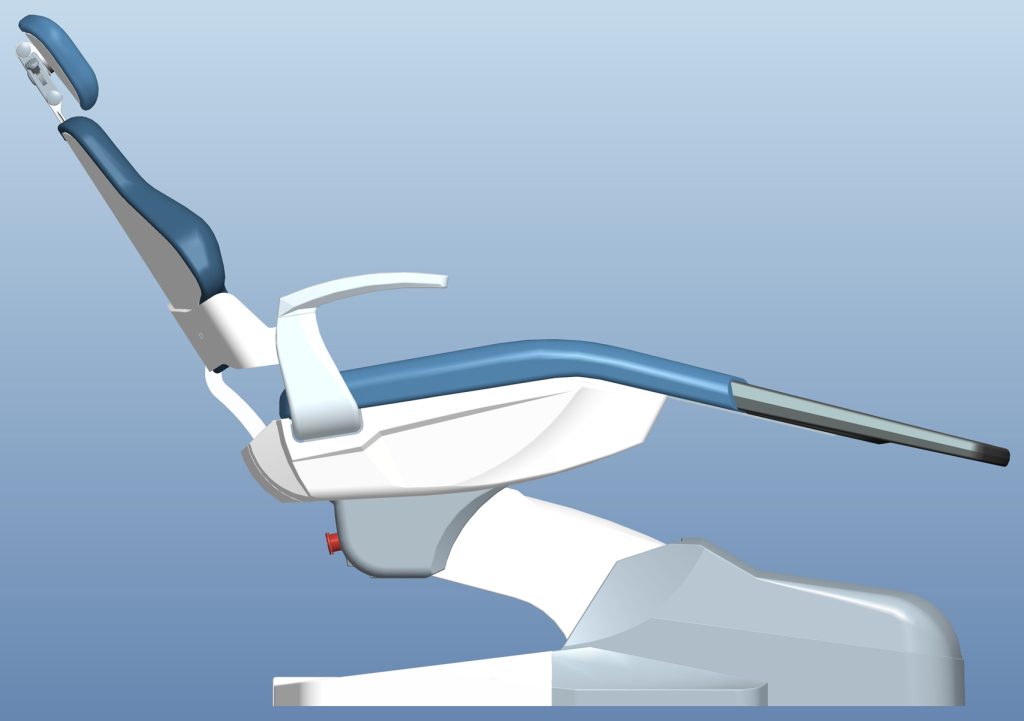
The installation of dental chairs is a critical step in setting up a dental clinic or upgrading existing facilities. Proper installation not only ensures the functionality and safety of the dental chairs but also contributes to a smooth workflow and a comfortable environment for patients and dental professionals. This article provides a comprehensive guide to the installation process, highlighting key considerations and best practices.
Before initiating the installation process, it is essential to conduct thorough pre-installation planning. This involves assessing the layout of the dental clinic, determining the optimal placement of the dental chairs, and ensuring adequate space for patient movement, equipment, and utilities.
While some dental chair manufacturers offer installation services, it is advisable to engage qualified technicians or professionals experienced in dental chair installation. Their expertise ensures a seamless setup, adherence to safety standards, and proper integration with the clinic’s infrastructure.
Dental chairs are heavy equipment that requires a stable floor foundation. Prior to installation, evaluate the structural integrity of the floor and ensure it can support the weight of the dental chairs, patients, and any additional equipment that may be attached to the chairs.
Proper plumbing and electrical connections are crucial for the functioning of dental chairs. Engage licensed professionals to install the necessary plumbing lines, including water supply and drainage, as well as electrical connections for chair controls, lights, and additional equipment. Ensure compliance with local building codes and regulations.
Each dental chair model has specific installation requirements outlined by the manufacturer. It is imperative to carefully review and follow the manufacturer’s guidelines and instructions for installation. These guidelines include assembly instructions, connection diagrams, and any specific tools or techniques required for a successful setup.
Once the dental chairs are installed, calibration and testing are essential to ensure proper operation. Calibrate the chair’s settings, such as chair height, backrest angle, and headrest position, according to the manufacturer’s instructions. Test all chair movements, controls, lights, and integrated features to ensure they function smoothly and accurately.
During the installation process, prioritize safety measures. Ensure that emergency stop buttons and safety features, such as anti-crushing systems, are properly installed and functioning. Follow safety protocols for handling heavy equipment and ensure the installation area is clear of any potential hazards.
After installation, establish a routine maintenance schedule for the dental chairs. Regularly inspect and maintain the chairs, including cleaning, lubrication, and inspection of components, to ensure their continued performance and longevity. Refer to the manufacturer’s maintenance guidelines for specific recommendations.
Once the dental chairs are installed and operational, provide training to dental staff on the proper use, adjustment, and maintenance of the chairs. Familiarize them with the chair’s features, controls, and safety procedures to ensure safe and efficient operation.
Ensure that the installed dental chairs comply with relevant regulatory standards and guidelines, including infection control measures and safety requirements. Regularly review and update protocols to align with changing regulations and industry best practices.
The installation of dental chairs is a critical step in creating a functional, safe, and comfortable environment for dental care. By following proper planning, engaging professional assistance, adhering to manufacturer guidelines, and prioritizing safety and maintenance, dental clinics can achieve a seamless installation process. A well-installed dental chair setup sets the foundation for efficient workflows, enhances patient experience, and contributes to the success of the dental practice.

It is recommended to have the dental chair installed by qualified technicians or professionals who are familiar with the specific model and its installation requirements.
Ensure that the dental chair is placed in a suitable location within the dental clinic, allowing for sufficient space for the dentist, assistant, and patient to comfortably move around.
Verify that the floor is stable and can support the weight of the dental chair, patient, and any additional equipment that may be attached to it.
Ensure that the plumbing and electrical connections are properly installed and in compliance with local building codes and regulations. It is advisable to have a licensed plumber and electrician handle these connections.
Carefully follow the installation instructions provided by the manufacturer to ensure proper assembly and connection of the various components of the dental chair.
Once the dental chair is installed, calibrate and test its various functions, such as chair movement, foot control, and lighting, to ensure smooth and accurate operation.
Familiarize yourself with the safety features of the dental chair, such as emergency stop buttons and anti-crushing mechanisms, and ensure they are functioning correctly.
Establish a routine maintenance schedule for the dental chair, including cleaning, lubrication, and inspection of components, to ensure its continued performance and longevity.
Ensure that the installed dental chair complies with all relevant regulations and standards, including infection control guidelines and safety requirements.
Provide training to dental staff on the proper use and maintenance of the dental chair to ensure its safe and efficient operation.
By following these precautions, you can ensure the safe and effective installation of a dental chair in your dental clinic.
